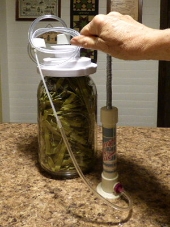I have played a bit with can stoves and rocket stoves and now gassifier stoves.
This effort by Heath Putnam, documented on You Tube, is the version I now use. It's a TLUD gassifier (wood gas) stove.
Final Build! Paint Can Wood Gas Stove Optimization! Wood Gas Stove Science| Part 9! He has optimized can sizes and primary and secondary air sizing for the stove.
The good: The build is relatively easy, the inner pot fits the under side of the paint can lid perfectly, it lights quickly, once it gets going it is smokeless, packs compactly, can be throttled down, and will fully consume the fuel. Heats water to boiling quickly. My Coleman coffee pot fit perfectly on top.
The not as good: Inner can is a progresso soup size can, so it is relatively small, suitable for quick cooking but not so good for simmering. You can add fuel and it will ignite quickly, but fuel needs to be small. Pot stand makes it a little tall.
Costs one quart paint can for the outer can and two tin cans of the right size - for inner can and pot stand. Packs into the size of the paint can.
Less optimized versions could be made by using punches and church keys instead of drilling, but anyone sorta handy with a drill can do these.
tips: 1) wear gloves when messing with cans. 2) support the can when drilling 3) burn out any residue or coating inside cans before cooking with them.











